Hello, readers. I'm Rodrigo, bringing new information about the world of Pokémon TCG. And in this article, we will talk about graduated cards and how this market works, to be aware of the selection criteria and valuation of your collection.
What is the Grading System?
Being more simplistic, it's the evaluation and verification of how intact your collector's item is. For example, a grade will be given, ranging from 0 to 10, where 0 is an extremely damaged part and 10 is an intact part. For standardization purposes, this note is given by a company that has licensing and follows specific protocols to categorize the status of this collectible piece/material.
Each company can rank with a specific grade, with an average established by each one. The aim is always to have the highest possible grade, obviously, for the best valuation of the product for collectors and to add resale value if the owner wants to.
This system is not only from the TCG (Trading Card Game) but is also part of other media such as comics, limited edition arts by a renowned/conceptual designer. To be more precise, historically speaking, it came from North American culture with the strong collection of Baseball and Basketball players cards, which were the flagships of young people's search.
So, with many products from these celebrities, there was the emergence of these companies to categorize these collections and leave this hobby with a more serious vibe and with a certain order of respect for the amount invested, as they saw it as a form of profitable business, and that this was reflected in other collectors sectors as already mentioned, such as comics with rare and special editions, covers or exclusive illustrations by artists with autographs or limited arts, and of course, for the TCG, which was no different, as we have with Magic: The Gathering, Yu-Gi-Oh! and the Pokémon TCG (our focus of this theme).
We will talk here about the most well-known companies responsible for this sorting and classification, such as the company PSA (Professional Sports Authenticator).
PSA: meaning of grades from 0 to 10
As PSA is one of the pioneers in this market, I will use the example of its site to discuss the conditions of the collectible itself based on what the site describes -- and that, in a way, was one of the pillars to organize about the conditions of these products on sites like Ebay.
Their grades range from 0 to 10 and an explanation of each grade can be seen below:
| PSA Note | Detail |
|---|---|
| 10 | Near Mint. Sharp corners, centered image free of smudges. |
| 9 | Exhibits only one of the following small flaws: a very light wax stain on the back, a small print imperfection or slightly whitish edges. |
| 8 | The card may show the following: a very light wax stain on the reverse side, light wear in one or two corners, a small print imperfection and/or slightly whitish edges. |
| 7 | Exhibits only slight surface wear visible upon inspection careful. |
| 6 | May have visible surface wear or a print defect that doesn't detract from its overall appeal. | 5 | Surface wear or print defects are more visible. There may be small chips at the edges. |
| 4 | Surface wear is noticeable but modest. |
| 3 | Some surface wear will be apparent, along with possible scuffs or light scratches. |
| 2 | May have scratches, scuffs, light stains or enamel chips on the obverse. There may be multiple creases. The original gloss is missing. |
| 1 | It will show extreme wear, possibly affecting the framing of the image. The defects have advanced to such an extreme stage that the card's appeal has almost disappeared |
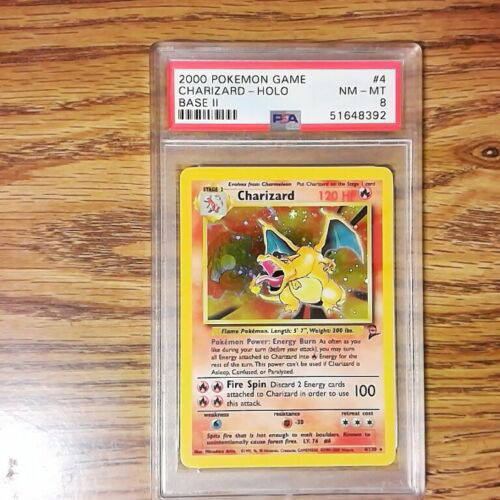
Other forms of classification: meaning from Mint to Damaged
Other grading systems were created, such as the one TCG Player uses. Instead of numbers, there is a qualitative qualification. In summary, we have five classifications of states:
Mint (M)
It's practically something that comes out cautiously from the booster to the sleeve, to the point that the buyer takes it only with a special surgical glove to be able to handle the product and put it safely. And it's something very delicate to classify because there are times that even the shipment of the product can come with defects, with lack of alignment on the card's edges, bad cut from the factory or some other type of error called "Missprint". So judging a card as “Mint” is a complicated approach, taking very precise care to do so.
Near Mint (NM)
It's something like “almost new”, that we just have a greater oral credibility when practicing the purchase or sale of products, and that usually avoids many discussions against the most ardent buyers and collectors about the state of the cards. It is precisely when you buy this product and open it on your own without the strictest protections at the “Mint” level, the famous “I went to the store to buy a Pokémon pack and I just opened it”, so to speak. Furthermore, it's still a very generous amount that you can use for purchases and sales.
Slightly Played (SP)
They are usually those cards with small wear of white dots on the side edges of the card, very subtle that practically only having a more rigorous and more profound analysis of the card to notice. Otherwise, it is easily confused with a "Near Mint". It is also a presentable and healthy way of being able to market these cards and making a good profit both in buying and selling.
Moderately Played (MP)
These have signs of subtle wear but visible at a glance when playing when they belonged to a competitive player or that the collector did not put in the sleeve, but which is still not completely damaged, which is an indication to pay attention to the commercial value. That's where it starts to lower its real value from if it were a "Near Mint" or even a "Slightly Played".
Heavily Played (HP)
Here is precisely where the wear of the card starts to be quite glaring, showing that there has been deterioration of the time and use, with some chips on the edges and signs of worn out that are glaring, showing this corrosion of pieces of paper, signs that it had contact with water, black spots. These cards are even bad for competitive, where there are cases that if they have a noticeable difference inside a sleeve, they are banned in tournaments.
Damaged (D)
Here the state is so deplorable and so blatant that it has rips, damage with dents that run through the entire body of the card, paper displacement from the foil effect of the main body. It is precisely a damaged piece that is preferable to avoid doing business with it.
Knowing the cataloging companies
PSA: Professional Sports Authenticator
History and general analysis
PSA was founded in 1991 and has been authenticating collectibles ever since, being the most famous of all on this list, and its focus is not on Pokémon itself, but on all existing collectibles, but mainly in the field of sports in general and coins of all kinds. The company is owned by Collectors Universe, which was recently overtaken by a group of investors led by Nat Turner with a valuation of $700,000,000.
In June 2019, PSA reached the milestone of ranking their 75th million collectibles, and they've had a huge leap in business since then, and with the quest for Pokémon cards in the 2020 pandemic, this has increased their market value and narrowed Pokémon for a niche of richer people.
But as the company has a mark and reputation, the vast majority of collectors turn to it to catalog and hope for the best possible graduation, hoping for a grade 10 and still as “Mint”, which is anyone's dream.
Pros and Cons
- Large amount of available price data and sales history;
- Price recognition;
- Consolidated in the hobby;
- Grading company preferred by many;
- A bit more expensive compared to other services;
- Long wait for return shipment due to company backup.
BGS: Beckett Grading Services
History and general analysis
BGS ranks a variety of cards, predominantly by North American sports cards, they have including Pokémon TCG in their vast service, in addition to what they already have in their Magic baggage. PSA has been the main reference company when it comes to Pokémon for years, the same can be said for Beckett for Magic: The Gathering. Beckett was founded in 1999 and has classified over 12 million items as of April 2020.
Beckett is also a great option to send your high-quality cards when these are not very prominent in the market due to hype, let's say, something that is new and has not fallen into public visibility, so that when you receive the product as soon as it is grades by this service, it could be the first on the market with this cataloged recognition, and they have the best chance of receiving a Black Label note, which in addition to classifying their collection with the company (which is totally positive given their renown and seriousness - that of course according to your personal preference).
Overall, the best reasons to evaluate with Beckett are to obtain the acclaimed “Black Label”, an evaluation that cannot be done anywhere else, thus guaranteeing your personal signature of your collection with that “stamp” of authenticity and value.
And below, there is the price list of it:

Pros and cons
- Well-crafted Black Label;
- Fast and immediate response time;
- Huge classification of larger varieties of cards, including misprints and cards on non-English language, being more general and accessible with any language;
- Options for subclassifications in the Grade System;
- Because it has the most robust and thick “bulkier slabs” in its protection (that is, the acrylic body for the protection of the card itself), it becomes a bit rough visually.
- Grades below 9 in the cataloging of cards may be inconsistent and do not actually account for the merits of the classification;
CGC: Certified Guaranty Company
History and general analysis
CGC is the newest of these three in terms of the TCG market. They have been a major reference in the world of comics, promotional arts from designers at Marvel and Detective Comics level companies for 20 years. With that, we can say that they have a lot of experience when it comes to classification – but cataloging cards in general is something recent and just a mere extension and not a priority of them.
Standard is $20 per card and has an estimated lead time of 20 days, and express is $30 per card and has an estimated lead time of 10 days. If you decide to opt for a lower service, you will see $8 per card and an estimated time of about a month.
Two additional things to note: 1) you will have to pay an additional $5 for cards if you want subclasses, which I recommend doing; 2) they not only provide detailed information about the condition of the card, but they also make the “case looker” (in this case, the acrylic housing that protects it) look better and have a more official/professional feel.
Last, but not something that should be overlooked, are the maximum values for each layer. When you start dealing with certain collectible high tier cards, you will outperform some lower service tiers, forcing you to choose some higher tier service tiers, costing you more money, but it also means your response time will be faster and that this product will have full protection.
Of the top three that we are citing in more detail, the CGC is the cheapest membership of the three. When you get the cheapest service you will still be paying a minimum of $25 plus many of the service tiers have a minimum order/quota of cards to be sent which means you may have some shipping issues even after signing the package, and if you want to make sporadic and unique catalogs, you have the company “Ludkin's Collectibles”.
Now, if you are relatively consistently reviewing your products, or just like the idea of doing it yourself, getting a Mass Shipping membership package is a good idea, i.e. the higher this membership you get, the cheaper each shipment will be for you, which means that benefit will eventually pay for itself in that investment.
Pros and cons
- Faster response times than competitors due to the other options being too late;
- Comparable prices too, and significantly cheaper if you decide not to get sub-grades;
- Despite being new, many collectors consider the CGC to be the most accurate classification service;
- Lack of price recognition due to their relatively new service, which makes selling the cards a bit longer process and leaves the potential for cards to be worth a little less;
- They are new to the game, so errors with the grading and other details are more likely, I have tried some of them myself.
Honorable mentions from other companies
TCG GRADING
Of Australian origin, this company opened practically a year ago, being more precise in June 2021, where it is entering the market with interesting proposals and a little out of the standard where the company has a link with an NGO for animals protection in Asia, which is a noble and unprecedented attitude for this type of market.
Manafix Grading System (MGS)
As the first Brazilian company in the field, it gained some relevance from debates and questions about its immersion in this market for almost two years. However, as the country's credibility is economically weakened on the world stage, many have certain questions about graduating from a national company where there is no consolidated name like PSA that came in the '90s. In addition, there are discussions about giving the company an opportunity to value the national service (there is some guilt for Brazilians who do not give this vote of confidence for not having that international “weight” like the three giants mentioned above).
Pricing a Pokémon card: details to look out for
To price a Pokémon card, you need to understand the market as a whole, that is, see the context you are putting on the table and know which ones apply and if they all meet those needs. And when it comes to Pokémon, I will address some, such as:
1) The printing of cards is something much easier to obtain or more difficult. Being more precise, it is easier and smarter to grade harder to obtain cards, due to supply and demand, like for example to grade a Pikachu Illustrator than a Cherubi from any base expansion, since this card (Pikachu Illustrator) had a limited print run of 39 copies, but only has 19 of those registered with PSA, and that there is a story behind it, which is the next topic listed. And in 2020, according to ZenMarket, this card was sold for 25,000,000 yen, and still emphasizing something important about its cataloging on PSA like “Mint 9” (which is a great grade, meaning it's in “excellent condition” with minimal flaws – and we'll talk about those cataloging gradings and conditions in the next chapter below).
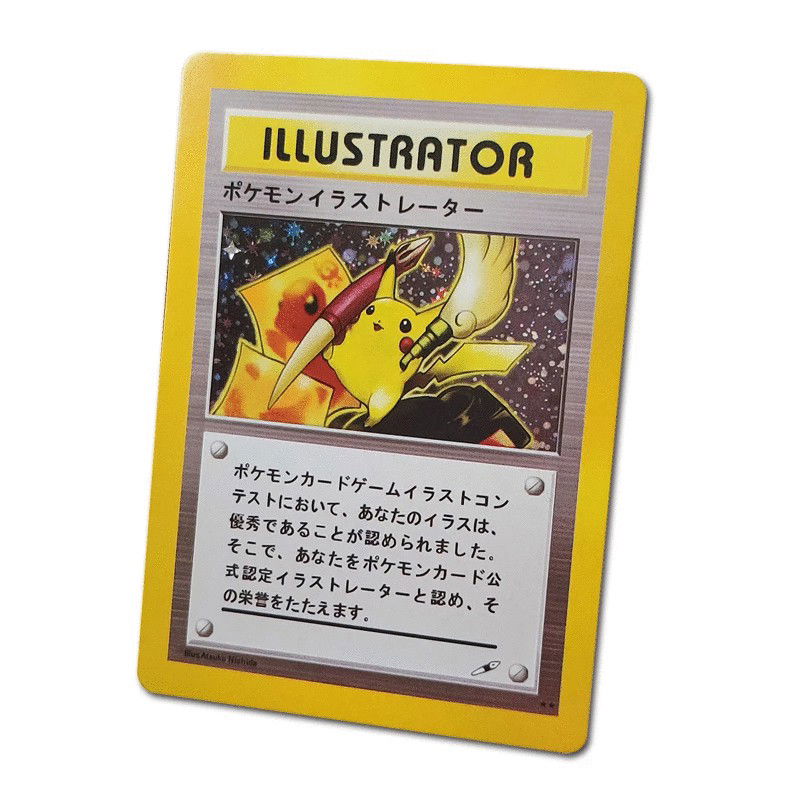
2) The story behind the card, which is basically a complement to the above-mentioned criteria. Continuing on that same Pikachu Illustrator, one should know the story behind this card and know for less why it is important. Here's a bit of what happened: In 1998, there was a promotion in the famous Japanese magazine CoroCoro where the participants received this copy of this card, being soon a highly valued and coveted piece by many.
In other words, in Pokémon TCG, knowledge about the history of the TCG is essential if not, almost a must to have this macro dimension of what is worth investing to generate profit and know which products you are dealing with.
3) The franchise's own characters. In each country, there is a certain importance of Pokémon and human characters of your choice, citing for example two extreme cases: In Japan, Rayquaza is still firmly in the Japanese country as one of the most beloved legendary, for having that treatment of Japanese mythology about dragons of being fantastic creatures in their folklore, alluding to national pride; and because of a contradiction in the North American concept, we have Mewtwo, which is a Pokémon created by the first villainous team in the franchise, Team Rocket, where it was a genetically modified character that had this very interesting concept and that also had the emotional bond / nostalgic rooted thanks to the first film released in 1998 that certainly the great consumer public adopted that media with affection, much more than the portable games of the Game Boy era.
So, knowing the Pokémon of each country also helps to know this demand, supply and demand, which has these aspects mentioned (nostalgia, personal preference or hype for a media - be it anime/film, main portable games and/or spin-offs or even a deck of a reputable player) add to this demand, such as Arceus, Mewtwo, Mew, Lugia, Ho-Oh, Darkrai, Dragonite, Gengar, Greninja, Charizard, Garchomp, Mimikyu, Eevee and their evolutions.
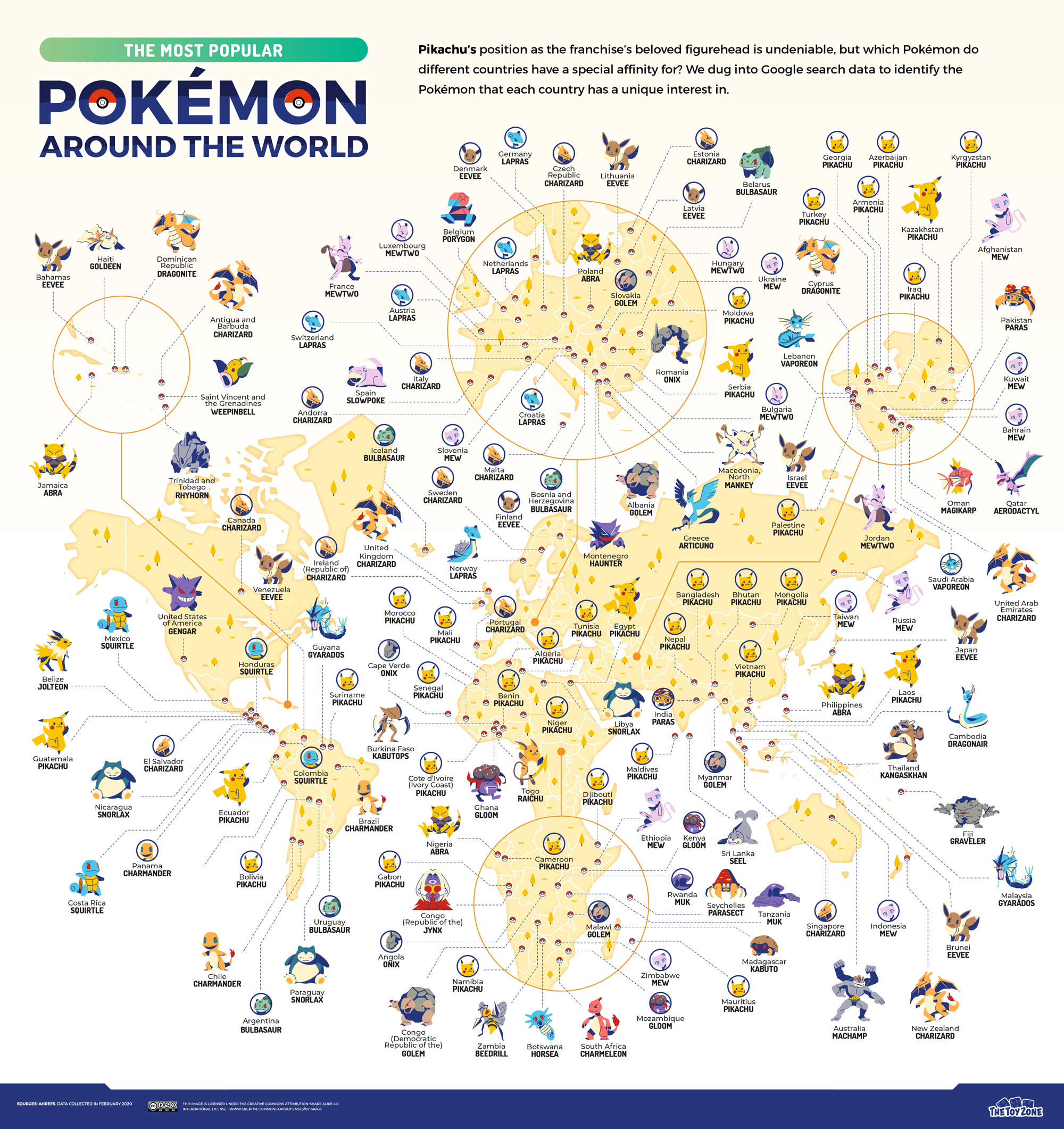
4) Expansions and special events. It is one of the parts that can also be included in parts in the first and second topics, but which I thought it's necessary to separate separately. Again, mentioning the example of Pikachu Illustrator as a card from a promotion of a 1998 drawing contest, cards with promotional value and restricted / limited events can indeed make the product more expensive and make is worth the cost of graduation investment. So, cards given in Pokémon Centers, cards from events held by Japanese magazines are always good.
And of course, we have the special Pokémon expansions that in addition to the main expansions, we have the intermediate ones, the special ones that have high collecting power. For example, The Sun/Moon: Hidden Fates and Sword/Shield: Shining Fates expansions where the expansion basically had 85% of the collection with shiny Pokémon and being a limited run, for being a special expansion. It values even more in the search for a collection, and even more if you are going to grade them.
5) The language is also important, perhaps not being something so heavy within the rigor of the 4 topics mentioned above, but the language does help in increasing a card's value. Of course English being the one with predominantly international value and the Japanese ones (when some cards don't come to the western side - for reasons of exclusivity that Japan makes with its products and believe me, there are hundreds of valuable cards there that even had the opportunity to be released to the western side, like the expansion Sun / Moon; Tag All Stars, for example where some Gold Full Art rarity cards and some Full Art cards were not released to the west).
Conclusion
For this type of resource, it is a very considerable expense to send cards to large companies abroad, which requires well-consolidated financial resources due to international shipping.
Therefore, as said before, this practice and this almost cultural habit is not for everyone. But, of course, whoever obtains or has the chance to do these services and invest massively in it by requesting grades for resale abroad, has a good guarantee of financial return.
Thanks for reading.

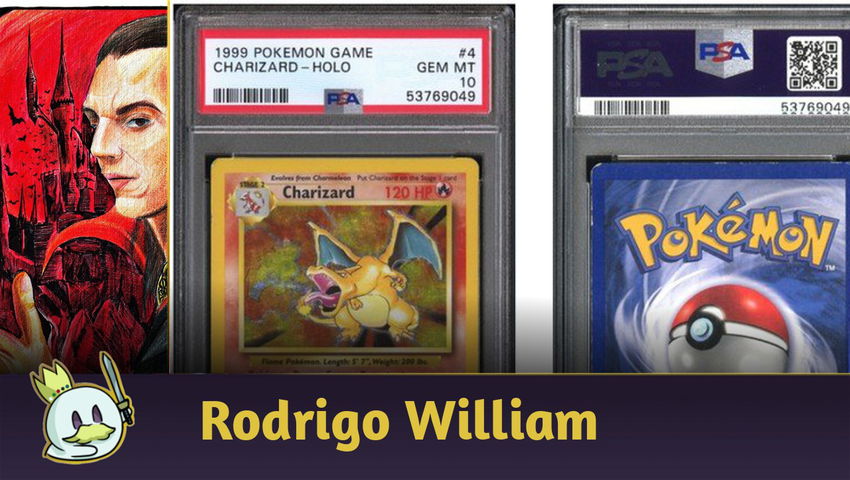







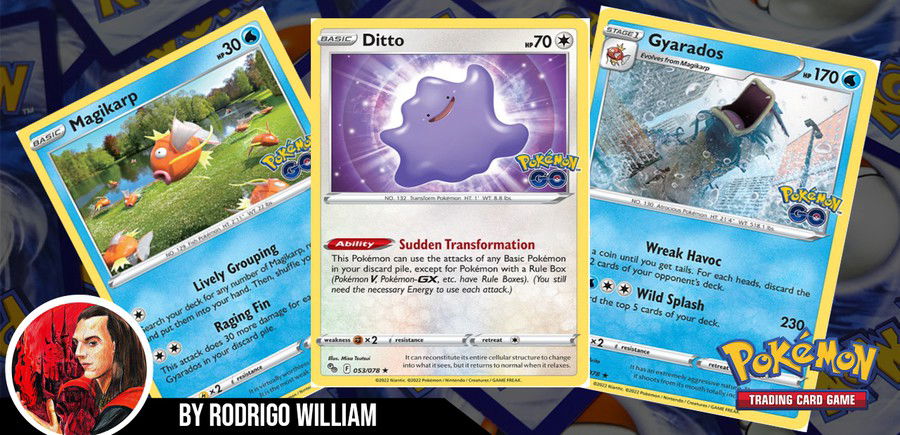
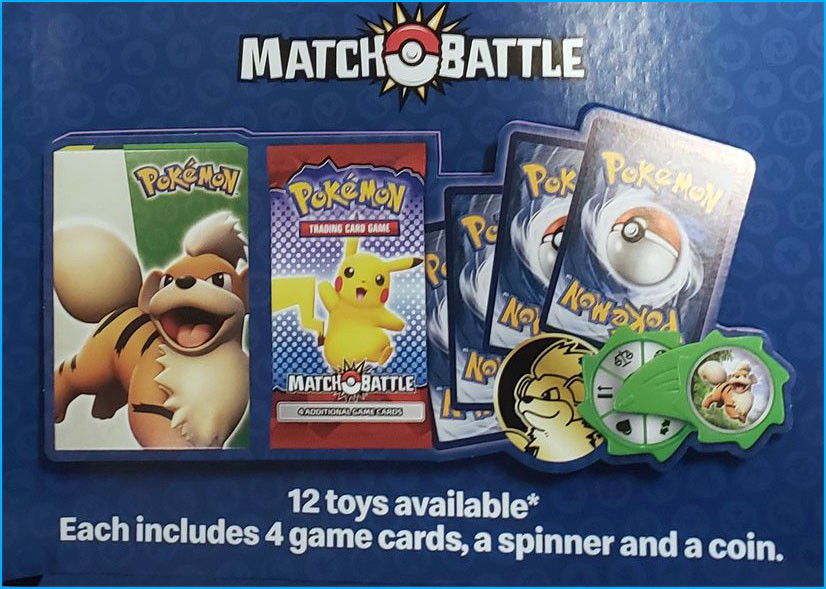



— Comentarios 0
, Reacciones 1
Se el primero en comentar